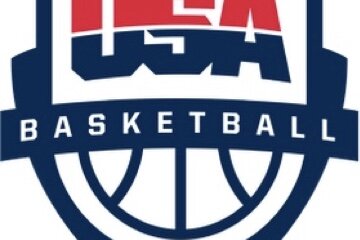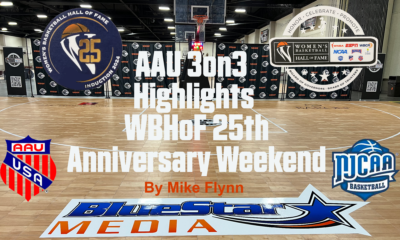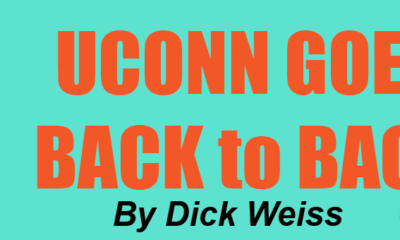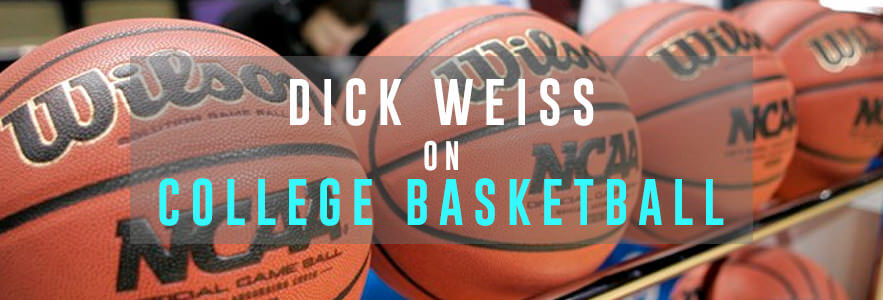College athletes at Northwestern University are seeking help from organized labor in their attempts to have more say about the working conditions under which they play NCAA sports.
For the first time ever, members of the Wildcats’ Divisiion I football team are asking to be represented by a labor union, taking steps that could eventually lead to them being recognized as employees. Ramogi Huma, the president of the National College Players Association, filed a petition on behalf of an undisclosed players at that Big Ten school, submitting the form at the regional office of the National Labor Relations Board.
Huma, whose group is being backed by the United Steelworkers union, filed union cards from the players involved with the NLRB–which recognizinggroups that seek collective bargaining rights. “This is about finally giving college athletes a seat at the table,” said Huma, a former UCLA linebacker who created the NCPA as an lobbying group in 2001. “Athletes deserve an equal voice when it comes to their physical, academic and financial protections.”
The move to unionize players started with quarterback Kain Colter, who approached Huma for help last spring.
“The action we’re taking isn’t because of any mistreatment by Northwestern,” Colter told ESPN’s “Outside the Lines.” “We love Northwestern. The school is just playing by the rules of their governing body, the NCAA. We’re interested in trying to help all players — at USC, Stanford, Oklahoma State, everywhere. It’s about protecting them and future generations to come.
“Right now the NCAA is like a dictatorship. No one represents us in negotiations. The only way things are going to change is if players have a union.”
The NCAA responded with a statement from Chief Legal Officer Donald Remy, who said “student-athletes are not employees within any definition of the National Labor Relations Act” and that there is no existing employment relationships between the “NCAA, its affiliated institutions or student-athletes.”
“Student-athletes are not employees, and their participation in college sports is voluntary,’ Remy added in the statement. “We stand for all student-athletes, not just those the unions want to professionalize.”
In a statement, Northwestern said it supports dialogue around the issues that are important to the CAPA, and the right of Colter and his teammates to have a voice in that dialogue. However, it also said it does not support the players organizing through a labor union.
The NCAA is under fire from a growing number of groups these day, most significently O’Bannon v. NCAA, an antitrust class action lawsuit. The lawsuit, which former UCLA basketball star Ed O’Bannon filed on behalf of the NCAA’s Division I football and men’s basketball players, challenges the organization’s use of the images of its former student athletes for commercial purposes. The suit argues that upon graduation, a former student athlete should become entitled to financial compensation for NCAA’s commercial uses of his or her image. At stake are “billions of dollars in television revenues and licensing fees.”
Last season, in a Sept. 21 game against Maine, Colter wore a black wristband with the symbol “#APU” — All Players United — prominently displayed in white marker as part of a limited but visual protest. He was joined that day by 10 teammates as well as players at Georgia and Georgia Tech. In all, players on seven teams in the five largest conferences displayed the #APU symbol, according to the NCPA.
Huma said he met with interested Northwestern players over the weekend on campus in Evanston, Ill., and took the next step in creating a collective voice for players.
To have the NLRB consider a petition to be unionized, at least 30 percent of the members of a group serving an employer must sign union cards. Huma declined to say how many Northwestern players signed cards other than the number was an “overwhelming majority.” To get to 30 percent, at least 26 of the 85 scholarship players had to sign.
CAPA’s initial goals do not include a call for schools to pay salaries. However, Huma declined to rule out the possibility that CAPA would seek that type of compensation in the future and said he knows the public will begin speculating about scenarios in which players would receive a cut of the $5.15 billion in revenues currently generated by athletic departments in the five power conferences.
“We need the same protections as NBA and NFL players. The NFL has the NFLPA, the NBA has the NBPA. Now college athletes have the CAPA,” Colter said at a press conference held in Chicago.
It will be interesting to see if this movement has legs, especially with college football moving into a lucrative four team national playoff era next season. It is not longer just a pipe dream.
Dick Weiss is a sportswriter and columnist who has covered college football and college and professional basketball for the Philadelphia Daily News and the New York Daily News. He has received the Curt Gowdy Award from the Naismith Basketball Hall of Fame and is a member of the national Sportswriters Hall of Fame. He has also co-written several books with Rick Pitino, John Calipari, Dick Vitale and authored a tribute book on Duke coach Mike Krzyzewski.

Latest Articles
-


Christopher Lawlor
/ 2 days agoSELECTION SATURDAY: USA Basketball U18 Women’s Team is named for AmeriCup tipping on June 17 in Colombia
COLORADO SPRINGS, Colo. – A dozen of the most talented women’s basketball players from...
-


Christopher Lawlor
/ 7 days agoBREAKING: Lisa Bluder steps down as Iowa women’s head coach after leading Hawkeyes to back-to-back Final Fours; Jan Jensen inherits position
IOWA CITY, Iowa – In a shock to some, Iowa women’s head coach Lisa...
-


Christopher Lawlor
/ 2 weeks agoTwenty-Six Athletes Expected to Participate in USA Basketball Women’s U18 National Team Trials that begin on May 15
COLORADO SPRINGS, Colo. — USA Basketball announced 26 athletes expected to participate in the...
-


Basketball
/ 2 weeks agoAAU 3on3 Highlights WBHoF 25th Anniversary Weekend
KNOXVILLE – The 25th anniversary weekend celebration of the Women’s Basketball Hall of Fame...
By Mike Flynn



